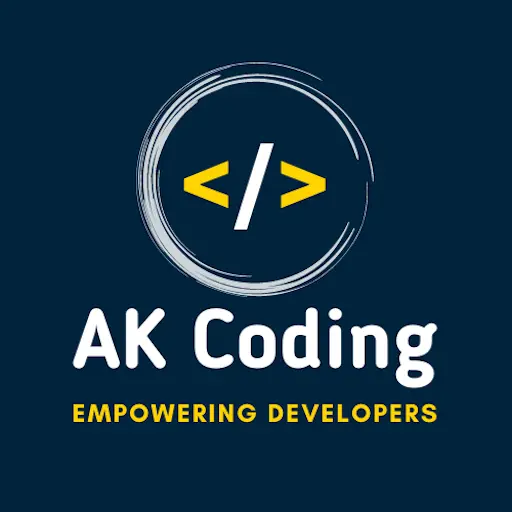🧠 Agile Basics
| Term | Description |
|---|---|
| Agile | An iterative approach to software development promoting flexibility, customer collaboration, and rapid delivery. |
| Scrum | A popular Agile framework with defined roles, events, and artifacts. |
| Kanban | Visual workflow management method focusing on continuous delivery and limiting work in progress. |
🔁 Agile Principles (from the Agile Manifesto)
- Customer satisfaction through early & continuous delivery
- Welcome changing requirements
- Deliver working software frequently
- Business and developers work together daily
- Build projects around motivated individuals
- Face-to-face conversation is best
- Working software is the primary measure of progress
- Maintain a sustainable pace
- Continuous attention to technical excellence
- Simplicity is essential
- Self-organizing teams
- Regular reflection and adaptation
🧩 Agile Roles
| Role | Responsibility |
|---|---|
| Product Owner | Owns the product backlog; defines features and prioritizes work. |
| Scrum Master | Facilitates Agile practices; removes blockers for the team. |
| Development Team | Delivers potentially shippable product increments each sprint. |
| Stakeholders | Influence product direction, validate features, and provide feedback. |
🕒 Key Agile Ceremonies (Scrum Focused)
| Ceremony | Purpose |
|---|---|
| Sprint Planning | Define sprint goal and backlog items to work on. |
| Daily Stand-up | 15-minute check-in on progress, plans, and blockers. |
| Sprint Review | Demonstrate completed work to stakeholders. |
| Sprint Retrospective | Reflect on what went well and what can be improved. |
| Backlog Grooming | Refine and prioritize user stories in the backlog. |
🧱 Agile Artifacts
| Artifact | Purpose |
|---|---|
| Product Backlog | Ordered list of desired product features. |
| Sprint Backlog | Subset of backlog selected for sprint. |
| Increment | The completed working product at the end of a sprint. |
| Definition of Done (DoD) | Agreed-upon criteria for considering work complete. |
🧰 Agile Tools
| Category | Examples |
|---|---|
| Project Management | Jira, Trello, Asana, ClickUp |
| Collaboration | Slack, MS Teams, Zoom |
| CI/CD | Jenkins, GitHub Actions, GitLab |
| Version Control | Git, GitHub, Bitbucket |
📏 Estimation Techniques
- Story Points: Abstract measure of effort (e.g., Fibonacci series: 1, 2, 3, 5, 8…)
- Planning Poker: Team votes on story points using cards.
- T-Shirt Sizes: S, M, L, XL for rough estimates.
- Ideal Hours/Days: Estimate based on how long tasks would take without interruptions.
📊 Agile Metrics
| Metric | Description |
|---|---|
| Velocity | Amount of work (e.g., story points) completed per sprint. |
| Burndown Chart | Tracks remaining work in a sprint over time. |
| Lead Time | Time from work request to completion. |
| Cycle Time | Time from work start to delivery. |
| WIP (Work in Progress) | Number of items being worked on at once. |
💬 Agile Best Practices
- Break down work into small, manageable user stories
- Prioritize based on business value
- Deliver early and often
- Embrace feedback and change
- Keep documentation light but sufficient
- Encourage team ownership and autonomy
- Automate testing and CI/CD pipelines
